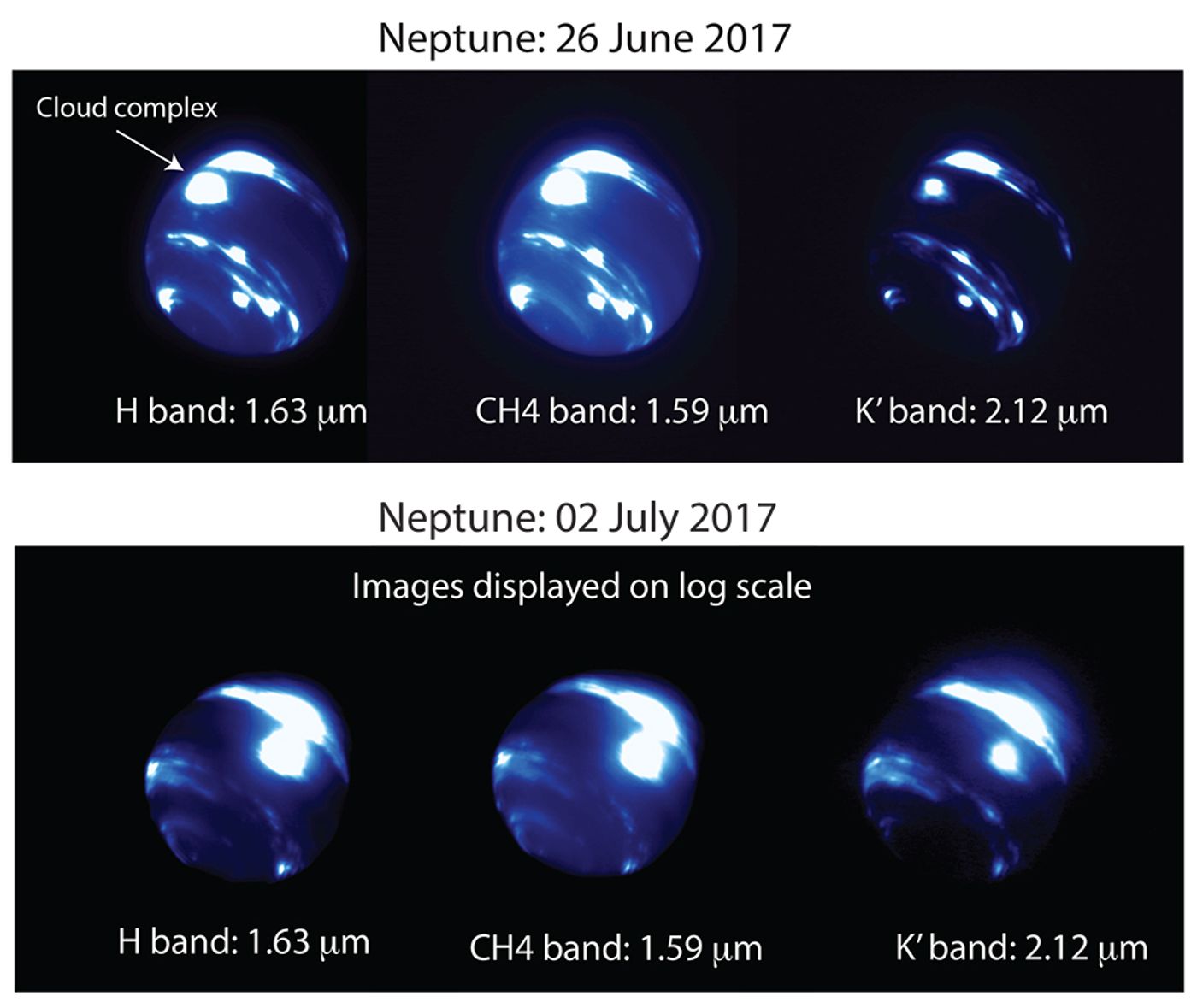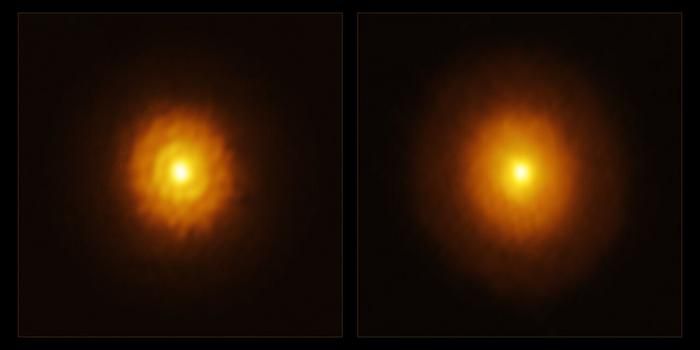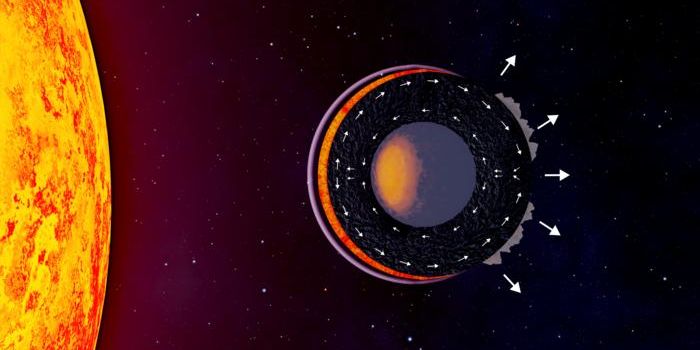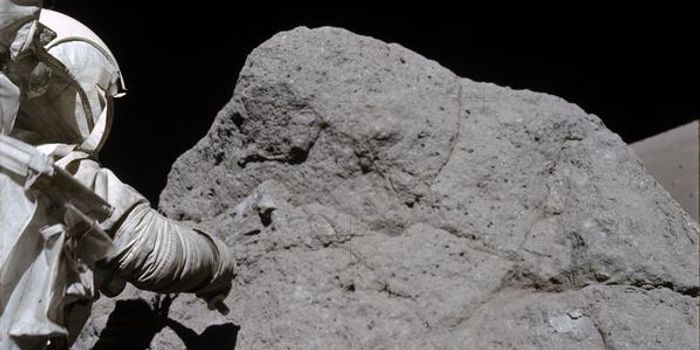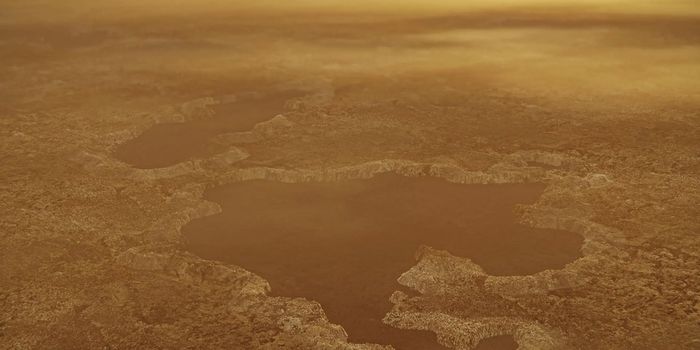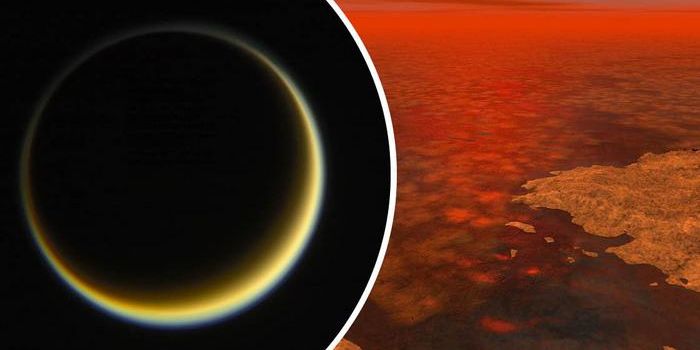Astronomers Spot an Equatorial Storm on Neptune for the First Time
Compared to the innermost planets in the solar system, which are smaller and rockier, the outermost planets are larger and gassier; these include Jupiter, Saturn, Neptune, and Uranus.
Scientists have long been fascinated by the great size of these gassy planets, as well as their unique properties. Since experts have wondered greatly about their atmospheric composition and behavior for ages, it’s no surprise that they observe these planets regularly to learn more about them.
Image Credit: N. Molter/I. De Pater, UC Berkeley/C. Alvarez, W. M. Keck Observatory
In June, astronomers from the University of California, Berkley spotted an unusual bright storm residing near Neptune’s equator with the W.M. Keck Observatory Maunakea, Hawaii during twilight hours.
Shown above, the storm in question is the bright, round-shaped blob near the top of the image; while it might not look like the “equator” of the planet to untrained eyes, keep in mind that Neptune exhibits a 28.32-degree tilt.
Related: If Neptune has a rocky core, scientists want to see it
According to experts, it’s unusual for storms of this caliber to exist anywhere near these lower latitudes. It's the first time experts ever found a storm in this region, as they typically occur in mid-latitude or near Neptune's north and south poles.
“Seeing a storm this bright at such a low latitude is extremely surprising,” said Ned Molter, the UC Berkley astronomer and graduate student who made the observations of the storm.
“Normally, this area is really quiet and we only see bright clouds in the mid-latitude bands, so to have such an enormous cloud sitting right at the equator is spectacular.”
Image Credit: N. Molter/I. De Pater, UC Berkeley/C. Alvarez, W. M. Keck Observatory
Measuring at around 9,000 kilometers in length, which happens to be a third of Neptune’s full radius, the storm is larger than Earth.
Between June 26th and July 2nd, the storm seemed to be getting brighter, and at one point, it became brighter than any storm ever observed on Neptune previously.
While this storm appearing where it does puzzles researchers, they note that Neptune is one of the solar system’s windiest planets and how vortex systems embedded deep within Neptune’s clouds could be responsible for the unusual placement of the storm.
Related: Neptune-like exoplanets are some of the most common kinds of exoplanets
Additional observations will be necessary to learn more about it, but there’s no telling how long the storm might reside in this particular area before it disappears. Astronomers are currently trying to figure out if there are any patterns to these kinds of storms so they can predict their appearance ahead of time.
Source: W. M. Keck Observatory

